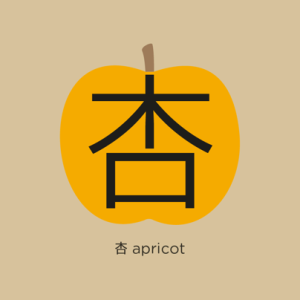When I first started Hanguk Babble, I was on the hunt for any and all tools that I might use to learn a language. I did not know how to teach myself Korean, so I was grasping at everything. A browse back over the more than 1000 posts on Hanguk Babble will show you my scattered journey.
More isn’t always better. I had a ton of ideas. However, what has worked the best for me is Korean Digital Academy and having a language exchange partner or tutor.
The worst advice I was given when I first started is get lots of different material that cover the same topic. Maybe the tool you are using isn’t a good fit. If that is the case, try another. But I would have made more progress if I wasn’t listening to so many different websites/language learning software/books/audio/polyglots.
I had this crazy idea that I wouldn’t find enough Korean material to learn from. I didn’t know what I didn’t know, and wondered if I was missing something obvious and extremely helpful. So I wasted a lot of effort searching. I bought a LOT of books, maybe more than I will ever read.
With the wisdom of a year of language learning, here are the key tools I use now.
Korean Drama: Drama Fever
Dictionary: Naver Korean Dictionary
Korean Language Blogs: Talk To Me In Korean (TTMIK)
Korean Class: Korean Digital Academy
Korean Grammar: Korean Wiki Project, Korean Grammar Dictionary
Translation: Naver translate
Verb Conjugation: Dongsa
Flashcards: Memrise
Chinese characters: ChinEasy, YellowBridge Mandarin Chinese-English Dictionary
Language Exchange: Mindpasta
Tutoring: iTalki
Korean Books: Hanbooks
Libraries: Boston Public Library, C/W Mars




 Received a gift of a Korean bible from the Korean woman I met in town. Since the bible is organized by chapter and verse, it is easy to match the Korean to an English bible.
Received a gift of a Korean bible from the Korean woman I met in town. Since the bible is organized by chapter and verse, it is easy to match the Korean to an English bible.






